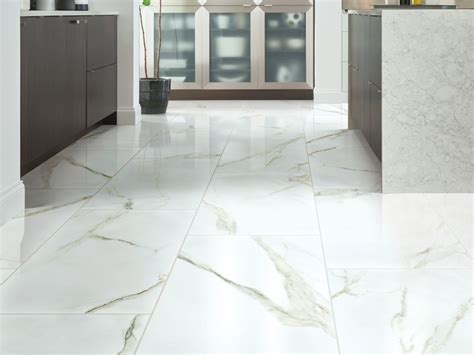When choosing materials for plumbing, the two most common options are copper and plastic. Each has strengths and weaknesses that influence cost, durability, and installation. Understanding the pros and cons of both helps in selecting the most suitable option for a particular system.
Copper pipes
Copper pipe has long been valued for its durability and reliability. It is resistant to corrosion, can withstand high temperatures, and is less likely to warp under pressure. These qualities make copper pipe ideal for heating systems and long-term installations.
Another benefit is copper pipe’s natural antibacterial property, which can help maintain water quality. Here you can read more about copper’s antimicrobial properties.
On the downside, copper pipe is expensive compared to plastic alternatives. Installation often involves soldering or compression fittings, which can add time and cost. Water with high acidity may also slowly damage the material, leading to leaks or reduced performance over time.
Plastic pipes
Plastic pipes, such as PVC or PEX, provide a lighter and often cheaper solution. They are easier to handle, cut, and join, with push-fit connections reducing installation effort. Plastic pipes do not corrode and are flexible enough to fit into awkward spaces where rigid copper pipe may not be practical.
However, plastic has limitations. It is less heat resistant than copper pipe and may degrade when exposed to sunlight. Some systems also experience more noise from plastic pipes, as they lack the sound-dampening properties of copper.
Both plastic and copper pipes have merits. The choice depends on budget, installation complexity, and long-term performance requirements.









+ There are no comments
Add yours